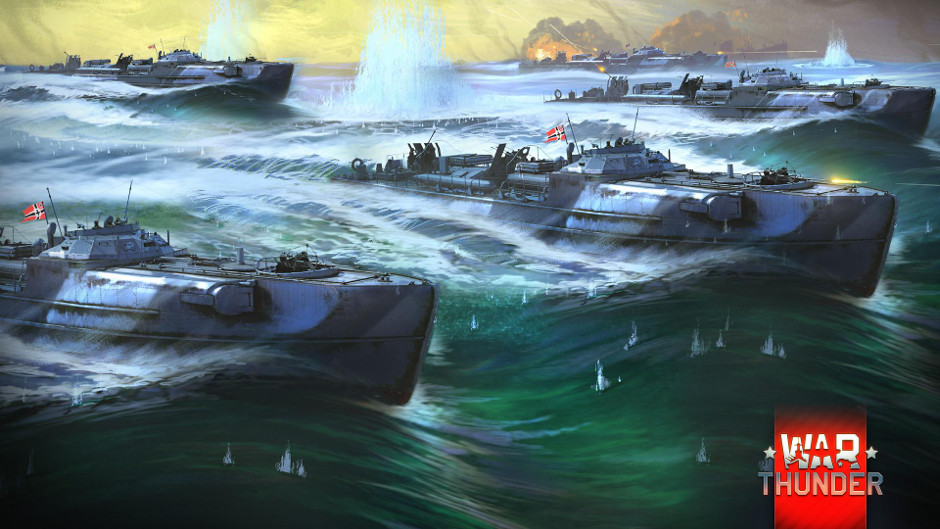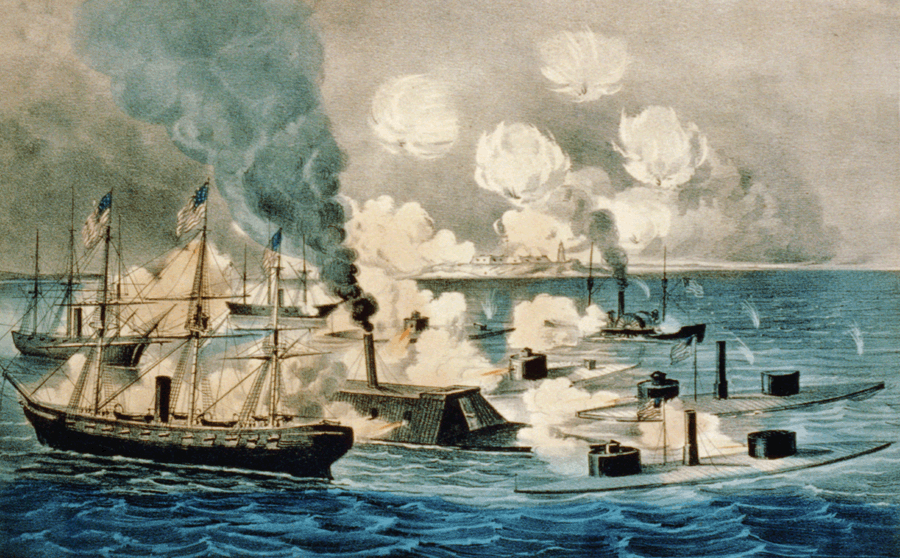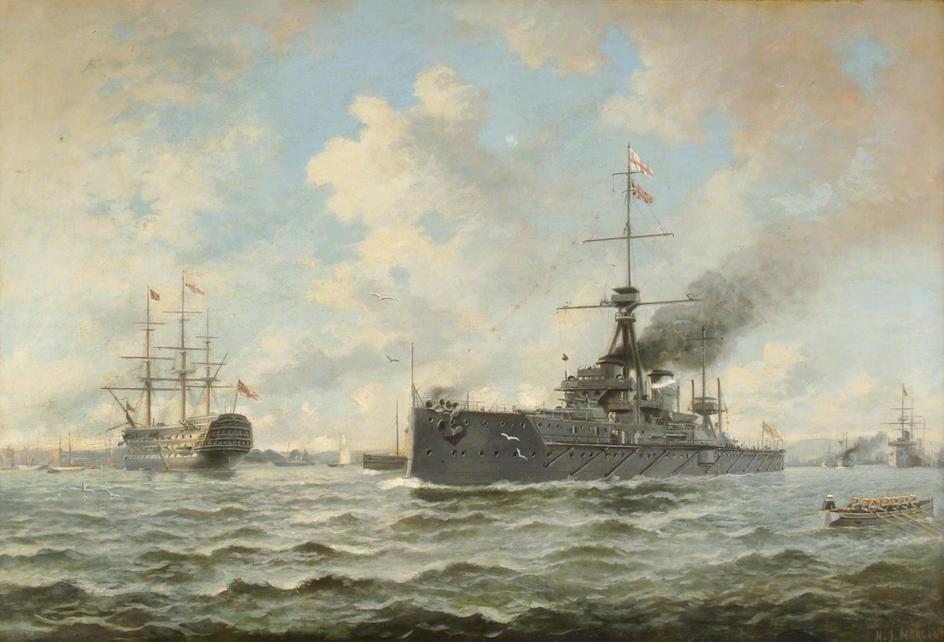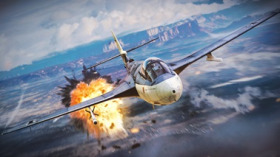
- For PC
- For MAC
- For Linux
- OS: Windows 10 (64 bit)
- Processor: Dual-Core 2.2 GHz
- Memory: 4GB
- Video Card: DirectX 11 level video card: AMD Radeon 77XX / NVIDIA GeForce GTX 660. The minimum supported resolution for the game is 720p.
- Network: Broadband Internet connection
- Hard Drive: 23.1 GB (Minimal client)
- OS: Windows 10/11 (64 bit)
- Processor: Intel Core i5 or Ryzen 5 3600 and better
- Memory: 16 GB and more
- Video Card: DirectX 11 level video card or higher and drivers: Nvidia GeForce 1060 and higher, Radeon RX 570 and higher
- Network: Broadband Internet connection
- Hard Drive: 75.9 GB (Full client)
- OS: Mac OS Big Sur 11.0 or newer
- Processor: Core i5, minimum 2.2GHz (Intel Xeon is not supported)
- Memory: 6 GB
- Video Card: Intel Iris Pro 5200 (Mac), or analog from AMD/Nvidia for Mac. Minimum supported resolution for the game is 720p with Metal support.
- Network: Broadband Internet connection
- Hard Drive: 22.1 GB (Minimal client)
- OS: Mac OS Big Sur 11.0 or newer
- Processor: Core i7 (Intel Xeon is not supported)
- Memory: 8 GB
- Video Card: Radeon Vega II or higher with Metal support.
- Network: Broadband Internet connection
- Hard Drive: 62.2 GB (Full client)
- OS: Most modern 64bit Linux distributions
- Processor: Dual-Core 2.4 GHz
- Memory: 4 GB
- Video Card: NVIDIA 660 with latest proprietary drivers (not older than 6 months) / similar AMD with latest proprietary drivers (not older than 6 months; the minimum supported resolution for the game is 720p) with Vulkan support.
- Network: Broadband Internet connection
- Hard Drive: 22.1 GB (Minimal client)
- OS: Ubuntu 20.04 64bit
- Processor: Intel Core i7
- Memory: 16 GB
- Video Card: NVIDIA 1060 with latest proprietary drivers (not older than 6 months) / similar AMD (Radeon RX 570) with latest proprietary drivers (not older than 6 months) with Vulkan support.
- Network: Broadband Internet connection
- Hard Drive: 62.2 GB (Full client)

History of Naval Battles - Part 1 and Part 2
The emergence of Naval technology in the middle 1800’s can trace it’s roots to the War of 1812. It was during this time that War Ships began adapting armor and new cannon technology that would shape the global design of not only newer generation fleets, but how naval warfare would be conducted for the next 200 years.
 |
| U.S.Navy monitors forcing the surrender of the casemate ironclad CSS Tennessee during the Battle of Mobile Bay |
The age of the Monitors 1857 -1889
In the mid 1850’s the Royal Navy began examining ways to improve how a ship protected her crew. New cannon technology in the form of rifled guns proved formidable against composite hulled and plated copper or steel hulled ironclads. France. who was also working on a design, launched the ironclad Gloire in 1859. The advent of the U.S. Civil war would see the launch of the Monitor. A Monitor can be roughly described as a small ship (in comparison to tall masted wooden and ironclad ships of that era), that is comprised mainly of steel, is steam driven, and has disproportionately large firepower relative to the vessel’s size. The Union shortly after learning of the launch of the confederate ironclad ship the C.S.S. Virginia (a heavily modified U.S.S. Merrimack) against the Navy’s wooden fleet in Chesapeake Harbor, placed into service the newly completed U.S.S Monitor. This set the state for one of the greatest 1v1 face offs in History during the battle of Hampton Roads. Over 2 days the two ships repeatably rammed and shot each other causing only superficial damage. This in the end, left both sides claiming victory, however demonstrating to the world that wooden sail powered ships, no matter how large and heavily gunned were in an instant... obsolete.
 |
| 'Dreadnought' and 'Victory' at Portsmouth by Henry J. Morgan. |
The Dreadnought generation 1890-1938
War Ships of the Dreadnaught generation brought into existence improved technologies that would forever change surface warfare. Innovations such as turbine propulsion, gyro-stabilized torpedoes, submarines, and gun-fire control systems; combined with other naval breakthroughs like mines, radio communication, and ultimately air power. Would see the first formation of task groups. With the most successful navy being the one with the most variety of purpose built ship classes like minesweepers, subchasers, torpedo boats, submarines, and ultimately carriers. Naval structure was beginning to take shape.
The long distance generation 1938-1956
At the onset of WWII, navies began to develop from early task groups into massive fleets. This period of evolution can be characterized by the addition of long range radio, radar, and receiving replenishment (self sustaining fleet) while underway. This was due to the expansion of roles in ship design. In order to keep a Navy afloat and in combat, vessels of all roles were introduced. Oilers, haulers, repair ships, ammunition ships, and supply ships; kept the Navy fed, as healthy as could be expected and well reinforced. The design of new warships during this time shrank overall as technology advances allowed for ships to engage targets at ever increasing ranges and to travel much further distances faster. This was due to countries’ navies needing to cross vast oceans in order to advance the battles. Larger and slower vessels began to give way to speed, maneuverability, and technology. Submarines for example needed to be able to go longer distances while being submerged for longer periods in order to avoid aircraft or detection by the enemy. Radar also allowed for 24/hr combat and in any weather to be effective.
_ee093bfcd2ea615b716da4f8f6d9c771.jpg) |
| HMS Somerset of the Royal Navy. |
The High speed generation 1957-1990
The High speed generation of ships came about as rapid advances in technology allowed for more and more effective roles to be filled by an increasingly smaller fleet. Things such as guided weapons, combat data systems and electronic warfare increased the overall response time both offensively and defensively in order to take effective action due to greater situational awareness. The incorporation of helicopter technology meant even greater roles could be played by increasingly smaller forces. The era of large surface and capital ships came to an end, as the age of modern technology (the software generation) began.
The history of naval warfare is a long and fascinating journey, a journey filled with hearts of oak and true heroism. Now, prepare to live the glory of the sea, full ahead, scrub the decks, coil the ropes and batten down the hatches, War Thunder’s game is stepping up a notch and we feel sure you will enjoy it.
Clayton Remy
Calm seas and a following wind to you all.




Comments (66)
When?? I'm so excited to begin CBT, both US and Russian boats have been purchased and I just want to get started.
Soon
Very soon. o7
i would really like to see more japanese tank news :) and ships whats new on dev tube :) and keep it up
Dude, believe me... You don't wanna have a Japanese WW2 tonk :P Google them :)
Wiskasz, Japanese tanks > Japanese boats though. Google the boats.
Really looking forward to the new gameplay, and new vehicles to spade..!
I need Ships now! PLZ give them to me :3
I need ships moar den u
they say "naval" battles but it looks like we only get small ships so far, i really hope they add aircraft carriers and destroyers. not just mini torpedo ships.
You do realize that "playing" as an aircraft carrier would entail just sitting there while planes take off and land on your deck. You would do literally nothing except fire your AAA at any enemies that come close. Now, destroyers I would like to see! :D
*XombieRocker, Well my idea is to make it so aircraft carriers not only let players land upon them.... but also have the ability to set up (the amount of them and weapons they carry) launch and set a target for AI planes then let them land.... in a similar way to world of warships but the changing of ordnance and how many planes in a squadron would be new :)
Just a note, the saying goes like this: "Fair winds and following seas" - Roof_Rat_CV66, ABE3 (AW), USN (vet), 1980 - 1991; ET2, USCG (ret), 1991 - 1999
Well that is a fair point except the phrase shown isn't a quote, its just a nautical wish. I get what you mean though, it's in the same vein. Scarper, sailed round mainland of Scotland east to west, journeyed to Norway and Iceland via converted whaling skiff. General old sea salt.
HNNNNG! I can't wait for boat CBT.....My Soon™ is ready!
Hey errr when is ships CBT?
Soon™
OMFG ITS COMING SOON
i think the CBT is coming this weekend or at the beginning of the next week ( ͡° ͜ʖ ͡°)
OFW_Schroedinger, Nyet it comes at 31.12. ( ͡° ͜ʖ ͡°)
1) "fair winds and following seas" is a nautical farewell whose origin is lost in history. but it IS normally used in quotes it text. 2) fleet replenishment was not new in the 1930's... the first documented use being by the romansbin the punic wars to a minor extent. Fleet replenishment (with optimized transport ships for certain cargos (victuallers, powder hulks and the like) was first used in normal every day operations by the british in the 1600's and 1700's during the coastal blockades.
Only if your quoting someone else that has said it really. However, defining fleet supply in early days vs more modern times is mainly due to standardization not first appearance.
FryingTigerWT, british naval supply ships were very much standardized by the early 1700's.
Submit a complaint